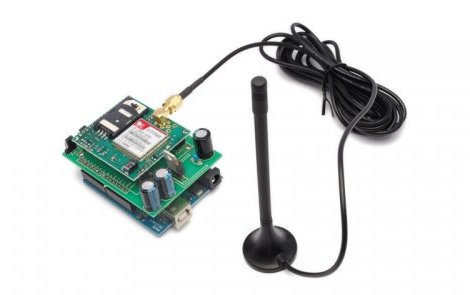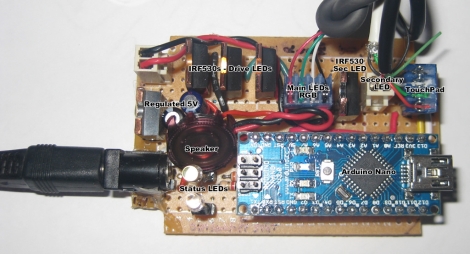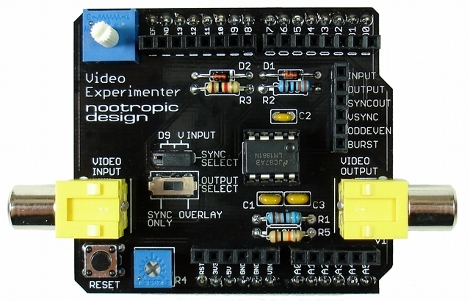
Instructables user [Dustyn] recently constructed a wind-based lantern to provide a bit of free, renewable light in urban settings. The project is based around a vertical-axis wind turbine, which she says are better suited to these environments since wind often comes from all different directions. Despite their lower efficiency compared their horizontal-axis brethren, this style of turbine seems to fit her needs quite well.
She provided a complete bill of materials, down to the last screw and washer you would need to replicate her work. The wind sails were constructed from thin aluminum flashing, and inserted between two acrylic sheets. These were then mounted to the central aluminum shaft of the turbine, which drives the stepper motor built into the base.
The current from the stepper motor is rectified and run through a pair of capacitors before being used to light the attached LED. This allows the bipolar motor to provide current regardless of the direction the turbine is turning, and the caps smooth things out so that the LEDs don’t flicker wildly under varying wind conditions. The turbine is not going to light up a full city block, but it is definitely a nice alternative to sun jars.
Stick around to see a video of the turbine mechanism in action.
















